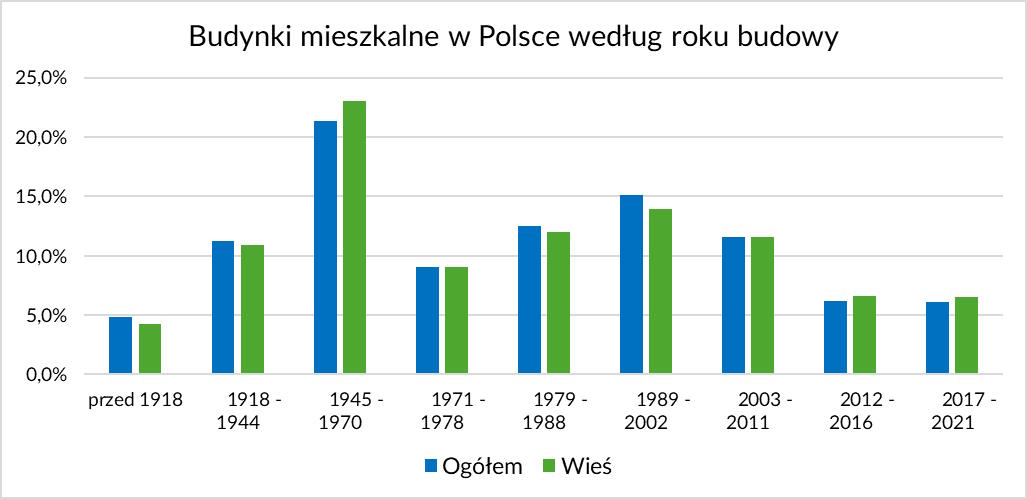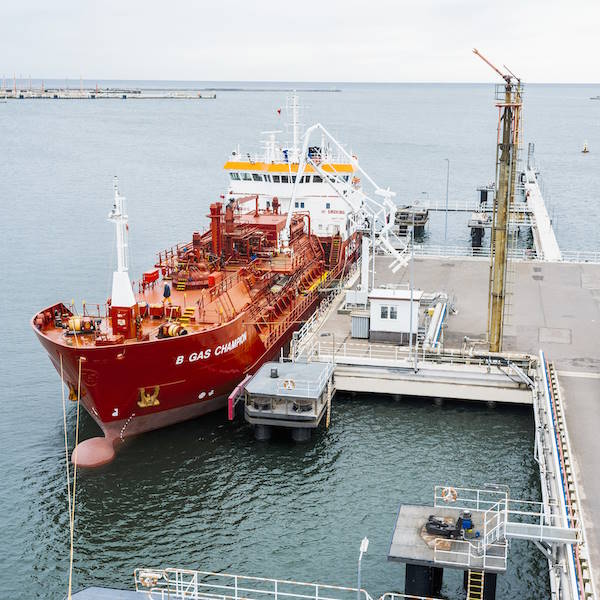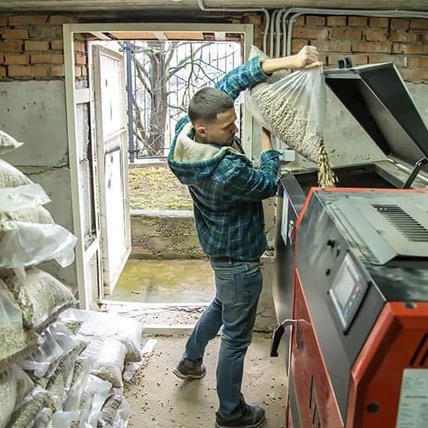EC: we are retiring fossil fuels, not boilers
17.7.2025
On 30 June, the European Commission issued long-awaited guidance to Member States on the interpretation of the concepts of “fossil fuel boilers” and zero-emission buildings (ZEB), which appear in the Energy Performance of Buildings Directive (EPBD). The Commission reiterates that the direct aim of the Directive is not to phase out gas boilers.
About myths about alleged ban on the use of heating boilers by the European Union we wrote many times on the POGP website. The case seems to be decided by the published On 30 June, the Commission's guidelineswhich clearly explain how the provisions of the Buildings Directive are to be understood in terms of definition fossil fuel boilers.
The European Commission is aiming to phase out fossil fuels from heating by 2040. However, 2040 is not a binding target. To achieve this objective, Member States need to identify credible policies and actions in their national building renovation plans to achieve this ambition. These will then be evaluated by the European Commission to see if they are achievable. If Member States consider that they need more time to fully phase out fossil fuels (such as Germany, which adopted the 2045 deadline, declaring 2040 unfeasible), they must nevertheless justify their decision to the European Commission, but the Commission cannot, under the EPBD Directive, force a Member State to take additional measures that are not included in the building renovation plans.
Important in this context is the definition of “renewable energy”, which is intended to replace fossil fuels. According to the Commission, this is energy from renewable non-combustible sources, namely wind energy, solar energy (solar thermal and photovoltaic) and geothermal energy, diffusion energy, ambient energy, tidal, wave and other ocean energy, hydropower, biomass and gas from landfills, sewage treatment plants and biological sources (biogas).
Renewable fuels as defined in Article 2 (22a) of the amended Renewable Energy Directive, i.e. 'biofuels, bioliquids, biomass fuels and renewable fuels of non-biological origin', are not considered fossil fuels. Both off-grid and network-based fuels fall within the definition of renewable fuels.
According to the European Commission:
- this fuel used in the boiler decides whether in 2040 the boiler will be considered as fossil fuel-fired boileror not - not the heating technology itself. Fossil fuel whereas there is any “non-renewable energy sources based on coal, such as solid fuels, natural gas and petroleum”.
- withdrawal Fossil Fuels can take place in three ways:
- by replacing the device (fossil fuel boiler) other - like a heat pump or a solar collector
- by replacing Fossil fuel renewable fuels (such as biomethane or biopropane, biogas or biomass)
- through a combination of these solutions, i.e. through hybrid systems connecting a heating boiler with an RES device (heat pump or solar collector).
According to Commission guidelines on phasing out financial incentives for individual boilers fuelled with fossil fuels on the basis of the recast version of the Directive on the Energy Performance of Buildings, published as early as October 2024:
- an individual boiler is a boiler not connected to another heat source using energy from renewable sources, which provides a significant part of the total energy produced combined system - Member States are left to interpret the 'substantial part'.
- hybrid heating system means a hybrid product that combines at least two different types of heat sources. Examples of hybrid heating systems that combine at least two heat and hot water technologies in a building include any combination of heat pumps with boilers, hybrid solar (a combination of boiler and solar storage collectors), and combinations of these systems.
- the hybrid heating system may be manufactured in the factory or hybridization may take place at the time of installation or be added later as on-site hybridization.
According to the Commission's guidelines for zero-emission buildings:
- boilers powered by bioenergy (biogas, biomass and bioliquids) will be considered to be powered by renewable energy sources when the combustion of renewable fuels takes place on site, i.e. they will be able to be installed in zero-emission buildings after 2030,
- bioenergy generated outside the building's boundaries will be considered “remote” renewable energy and “nearby” renewable energy for energy efficiency calculation purposes; a zero-emission building will therefore be able to use gas boilers powered by renewable gases, although this will reduce its energy performance.
'Remote energy' is not a concept defined in Community law, hence it will cause understandable controversy when transposing the EPBD Directive. Bioenergy generated outside the boundaries of a building will continue to be considered “remote energy” when calculating the energy performance and setting the energy demand threshold of a building with almost zero energy consumption. On the other hand, renewable energy, which is supplied to the building by means of a “special connection to the source of energy production”, should be considered to be generated “nearby”. In this way, “nearby” renewable energy is to be distinguished from “remote renewable energy”. In this way, the Commission intends to encourage local authorities to give priority to high local renewable potential.
By 2050, all residential buildings in the Union are to be upgraded to a zero-emission standard. Until such a thorough modernization, it is possible to use the heat source installed in existing buildings, including gas boilers, in existing buildings - unless national law going further than European regulations stipulates otherwise in the future.
According to the results of the National Census of 2021, 59% of residential buildings in Poland were built before 1989, i.e. before the political transformation. In the case of villages, this is 2.2 million buildings of objects out of a total of 3.8 million. As part of the Clean Air program, 856,374 heat sources were replaced in the period from 19.09.2018 to 30.04.2024, of which 33% were gas boilers. These devices will continue to be operational until the buildings in which they were installed are upgraded to a zero-emission standard.





